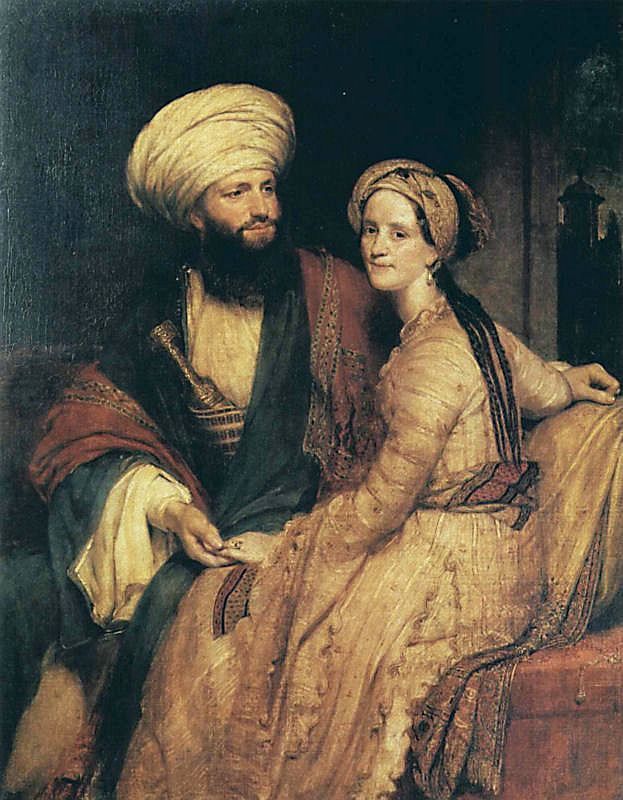

But in 1856, John Ruskin called him "already a Pre-Raphaelite in purpose" (49), and a Pre-Raphaelite attention to detail can also be seen in some of Pickersgill's work (see Valentine). Pickersgill is seen as a follower of William Etty, having been influenced by his academic approach as well as by his "powerful use of colour" ( Benezit Dictionary, 215). He was not the final winner on that occasion, but he later won a more substantial prize for his painting of theįuneral of Harold at Waltham Abbey (1847), which Parliament duly acquired. In literature, he often found his inspiration in Spenser or Shakespeare: in 1843 his preparatory cartoon of The Death of King Lear won a prize in the competition for decorating the Houses of Parliament.

Pickershill's own subjects were generally historical, mythological, Biblical or literary. Extending the family's artistic connections still further, in 1847 he married Mary, sister of James Clarke Hook, an artist best known now for his marine subjects. Not surprisingly in such a family, both Frederick and his cousin Henry Hall Pickersgill (1812–1861) also became artists.įrederick studied first under his maternal uncle, and then at the Royal Academy Schools, having already exhibited at the Royal Academy in 1839. His mother, Anne Witherington, was the sister of the artist William Frederick Witherington (1785–1865), while his paternal uncle was the eminent portrait painter Henry William Pickersgill (1782–1875). His father, Richard Pickersgill, was a naval officer but also a keen amateur painter of marine and landscape subjects. īorn in London on 25 September 1820, Frederick Richard Pickersgill is generally seen as a genre or history painter, as well as an illustrator. Self-Portrait, © National Portrait Gallery.


 0 kommentar(er)
0 kommentar(er)
